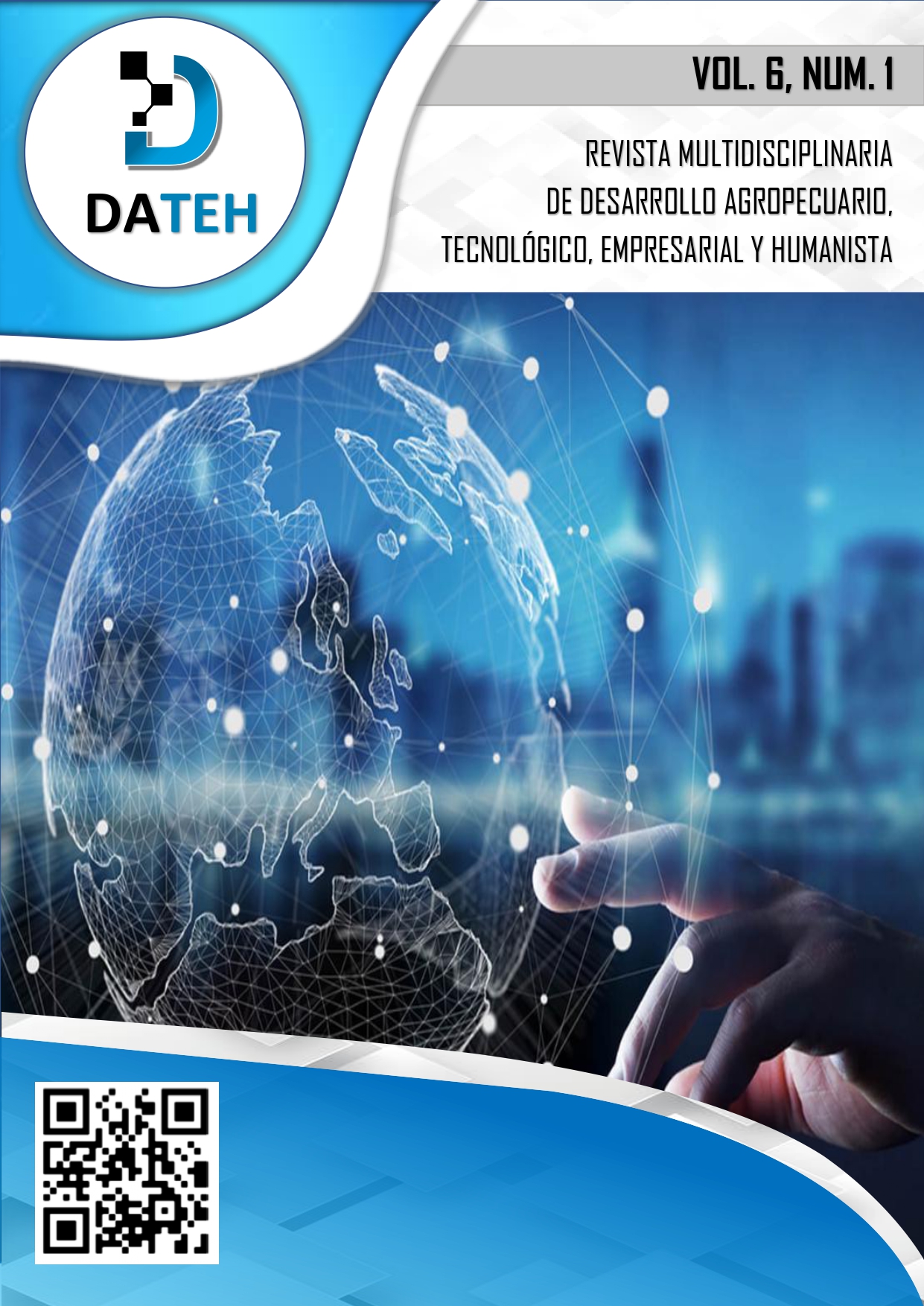The enterprises of canton La Maná analyzed through the rescue of ancestral knowledge
Abstract
The undertakings have changed in recent times, especially since the process of ancestrality based on the millennium goals. The objective of this research was to determine the level of incidence between ancestral knowledge and enterprises related to a rescue factor, and it was necessary to establish a measurement instrument. In this study, difficulties in obtaining field data did not allow the establishment of exhaustive indicators. For this reason, an instrument designed from the point of view of measuring the variables involved is presented. The qualitative study resulted in a construct that provides information in an Excel file and the results were modeled to be obtained in three phases: descriptive statistics, correlation statistics and simulated structural equations, all of these aimed at measuring the relationship between ancestral knowledge and entrepreneurship; the first variable or ancestral knowledge determined by six variables; and, the second variable or entrepreneurship that agglutinated three types and was supported in the simulation phase by the closed interval rescue factor [0.1], resulting in the direct and proportional relationship of the theoretical statistic proposed by Nunnally of 0.70 as an adequate coefficient that points mainly to a type of entrepreneurship that is the traditional one, thus verifying the direct and proportional relationship between ancestral knowledge and entrepreneurship.
Downloads
References
Almeida, M., & et al. (2023). Economía counitaria y circular, conocimiento ancestral andino. Caso Warmikuna Natabuela. Estudios de la Gestión. Revista Internacional de Administración, 128-153.
Attride-Stirling, J. (2001). Thematic Networks: An Analytic Tool for Qualitative Research. Qualitative Research 1 (3), 385-405.
Bolaños, R., & Calderón, M. (2014). Introducción al meta análisis tradicional. Revista de Gastroenterología del Perú, 45-51.
Castro, S., & Guardiola, O. (2001). Cómo una historia local se convierte en diseño globa. Nueva Sociedad, 111-120.
Chianese, F. (2016). El valor de los conocimientos tradicionales. Roma: FIDA.
Cruz, M. (2018). Cosmovisión andina e interculturalidad: una mirada al desarrollo sostenible desde el sumak kawsay. Chakiñan de Ciencias Sociales y Humanidades,, 119-132.
Curichumbi, R. (2012). Sistema financiero y solidario de las nacionalidades y pueblos indígenas del Ecuador. Quito: Editorial UCE.
Ferreyra, H. (2011). Construir futuros posibles: el desafío de aprender a emprender en las sociedades del conocimiento. Tiempo de Educar, 9-28.
García, S. (2016). Sumak Kawsay o Buen Vivir como alternativa al desarrollo en Ecuador. Quito: Ediciones Abya-Yalla.
Herruzo, E., & et al. (2019). Emprendimiento e Innovación: Oportunidad para todos. Madrid: Editorial Dykinson.
Landsdale, D., & et al. (2012). Impulsores Claves para Establecer el Ecosistema Dinámico de Emprendimiento en Ecuador. Polémica, 347-369.
León, O., & Montero, I. (2003). Métodos de investigación en psicología y educación. Madrid: Mc Graw-Hill.
Nunnally, J. (1978). Psychometric Methods. New York: Mc Graw-Hill.
Ribadeneira, M. (2013). Diálogo de saberes, un proceso en construcción. Diálogo de saberes en los Estados plurinacionales, 171-176.
Suárez, J., & Rodríguez, M. (s.f.). Saberes ancestrales indígenas: una cosmovisión transdiciplinaria para el desarrollo sustentable.
Tafjel, H. (1981). Human Groups and Social Categories: Studies in Social Psychology. Cambridge: Cambridge University Press.
Tanasescu, M. (2015). Nature Advocacy and the Indigenous Symbol. Environmental Values, 105-122.
Unesco. (2019). ¿Qué es el patrimonio cultural inmaterial? New York: Unesco.
Yépez, P. (2019). Los saberes ancestrales indígenas del Ecuador como solución a los problemas del siglo XX. Boletín de la Académia Nacional de Historia, 63-81.



